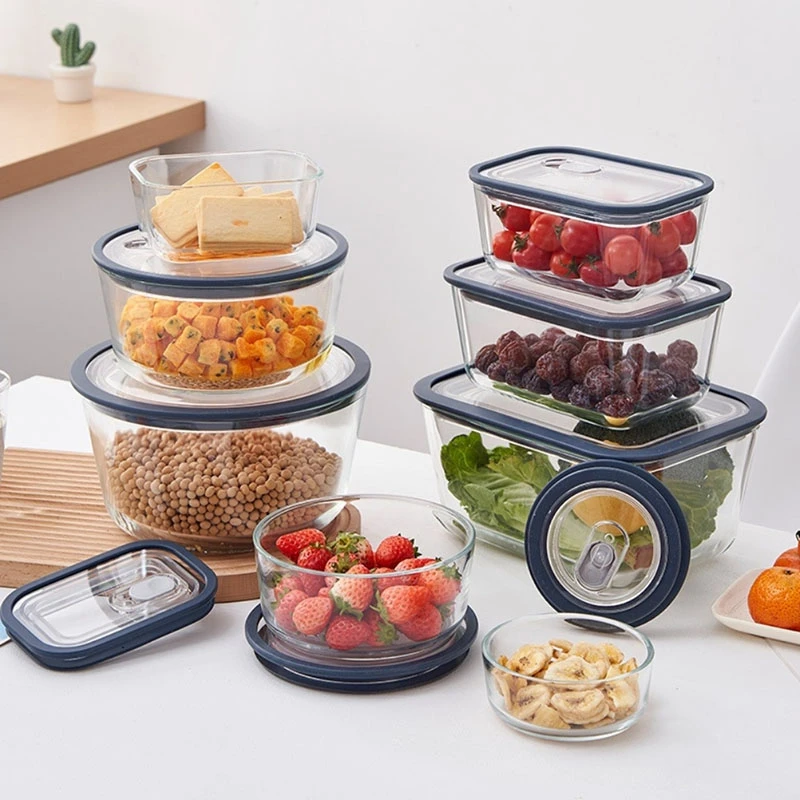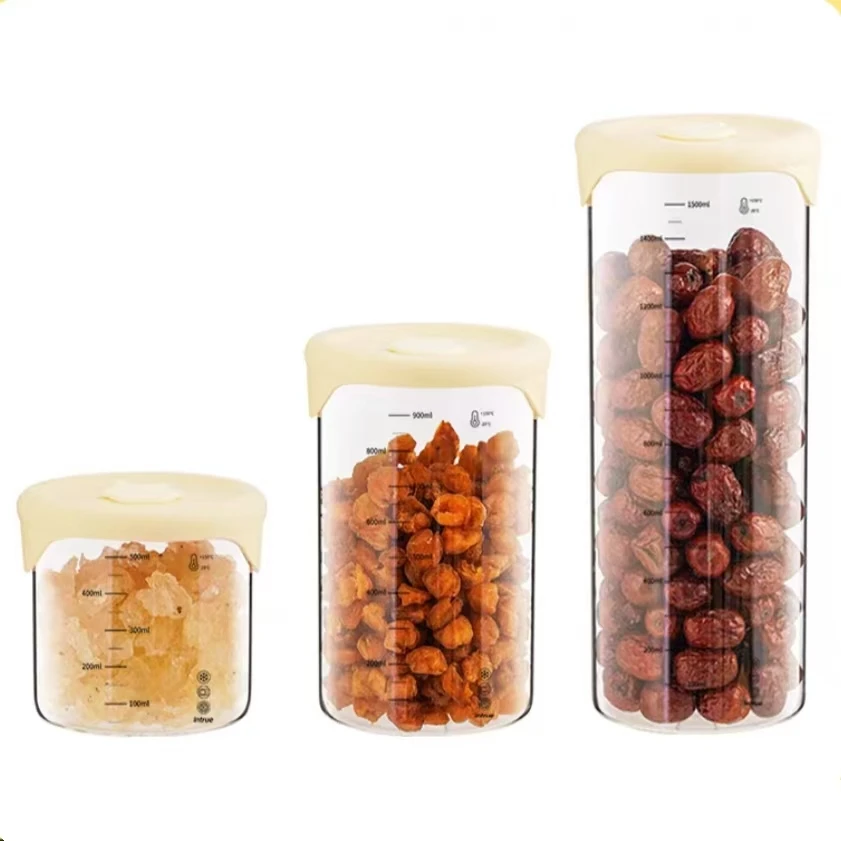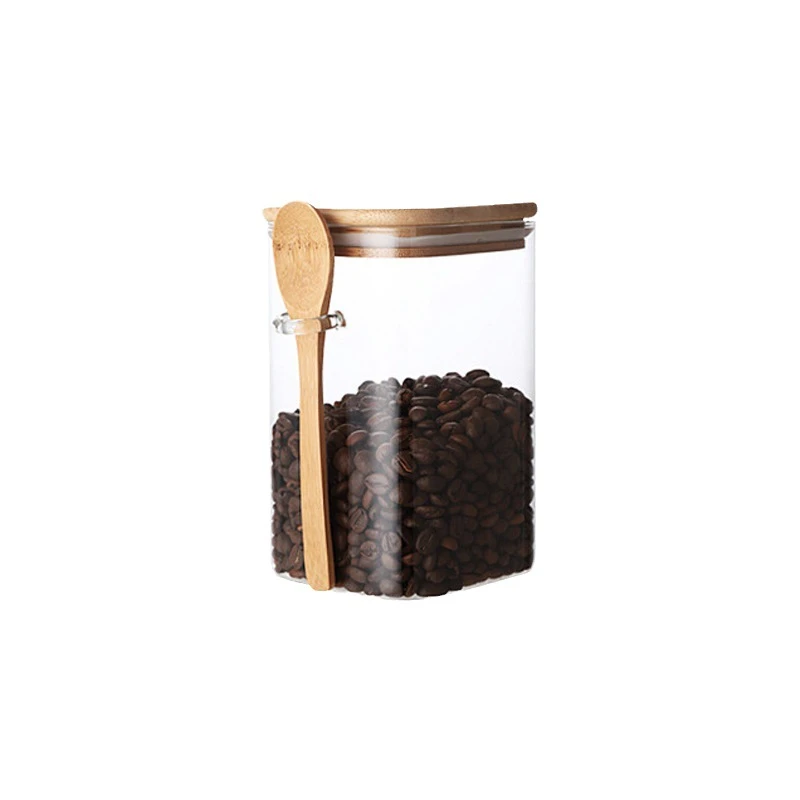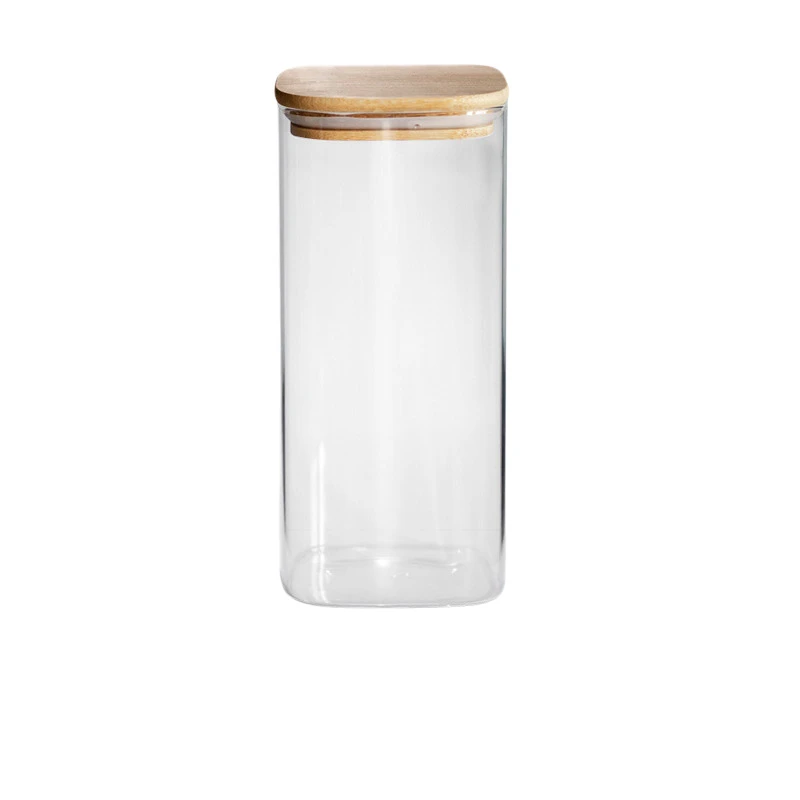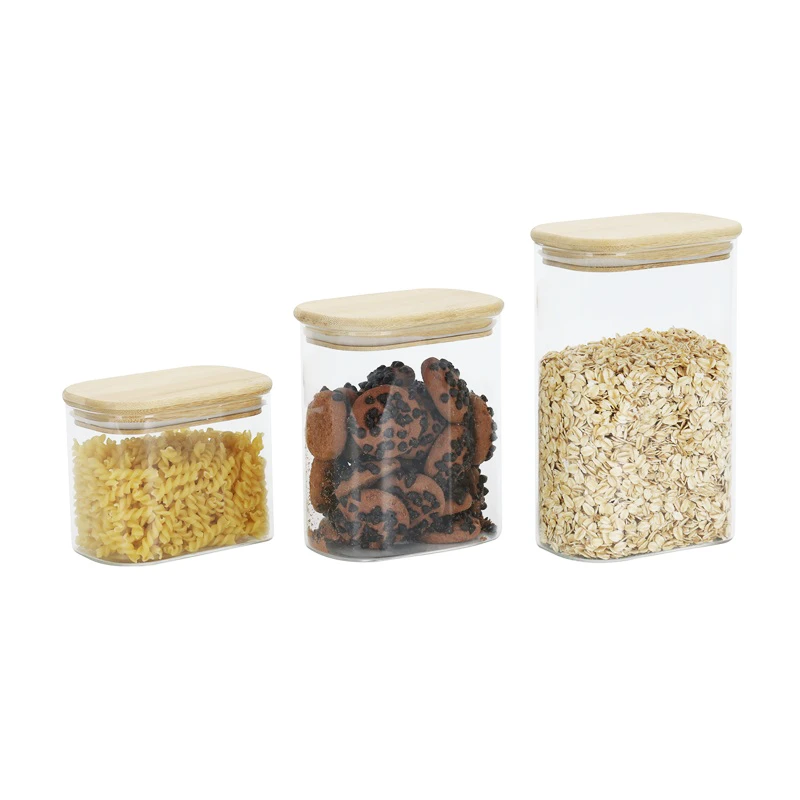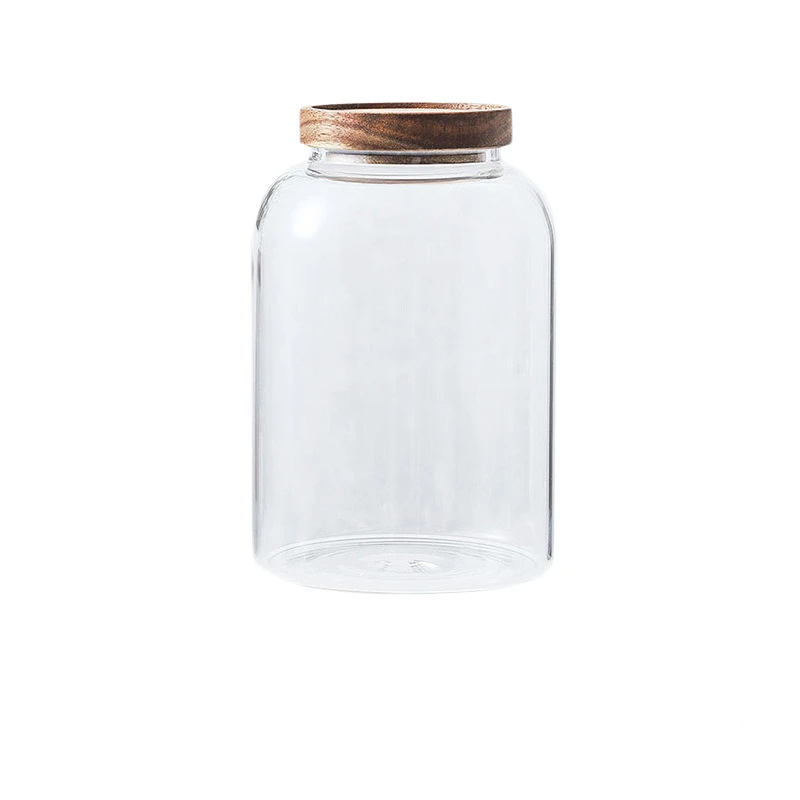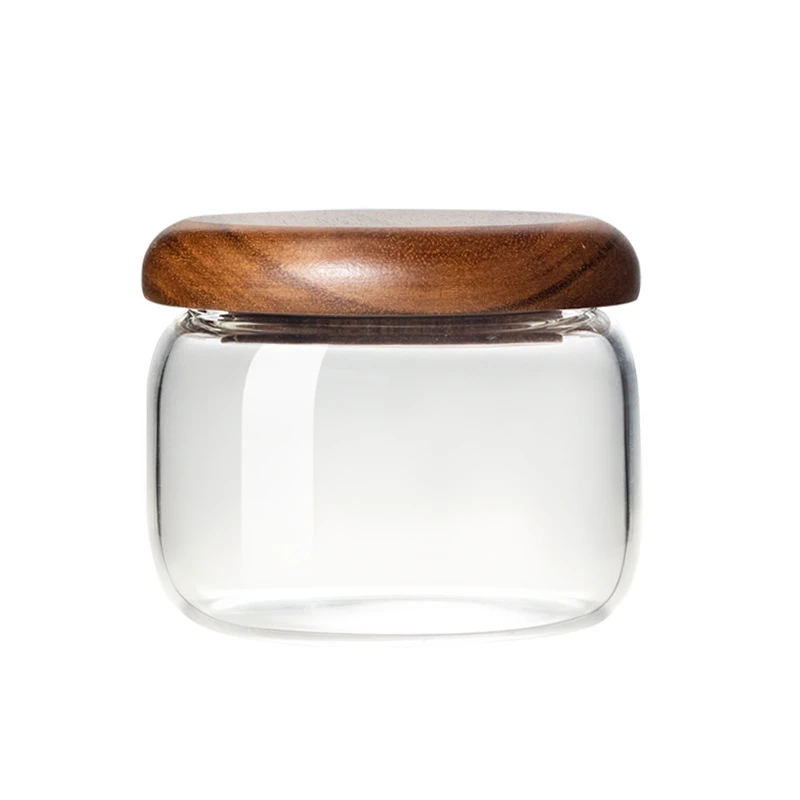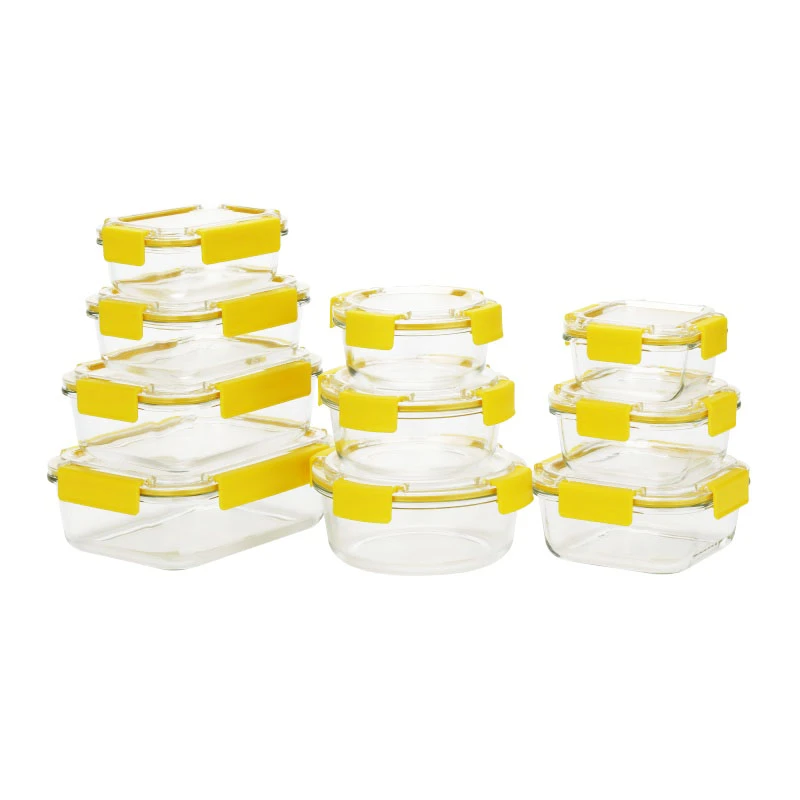 TEL: +86 311 67799298
TEL: +86 311 67799298 Email: tina@yintoglassware.com
Email: tina@yintoglassware.com
What Is the Use of Measuring Glass? Discover Accurate Glass Measuring Cup Uses for Baking & Cooking
- Introduction to What Is the Use of Measuring Glass
- The Evolution and Technical Advantages of Glass Measuring Cups
- Data-Driven Analysis: Glass Measuring Cup Use Across Industries
- Comparative Overview: Manufacturers and Material Differences
- Custom Solutions: Tailoring Measuring Glasses to Specific Needs
- Application Case Studies: Real-World Demonstrations
- Conclusion: The Enduring Value and Use of Measuring Glass
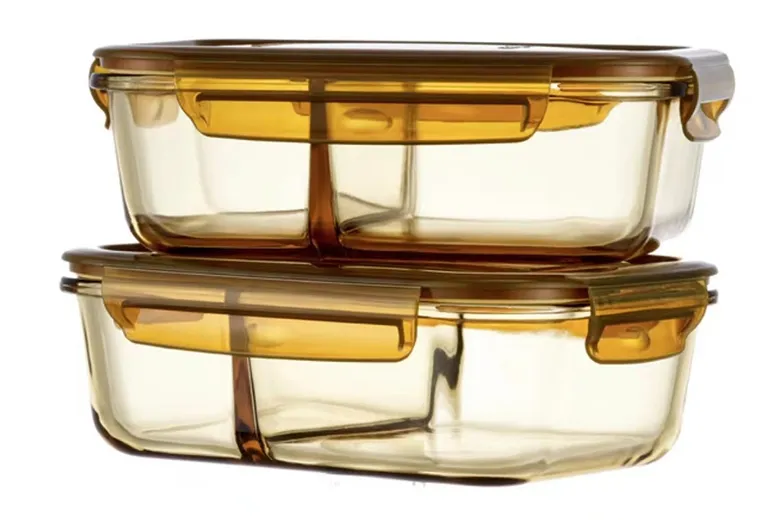
(what is the use of measuring glass)
Introduction: What Is the Use of Measuring Glass?
The precise quantification of liquids and solids is essential in countless industries, from pharmaceuticals to food processing. This necessity births the question: what is the use of measuring glass
? Measuring glasses, commonly known as glass measuring cups, play a fundamental role in ensuring accuracy and repeatability in scientific, industrial, and domestic applications. Their transparency, chemical resistance, and durability make them the preferred choice for both professional laboratories and home kitchens. Understanding their use goes beyond mere measurement—it covers safety, efficiency, and quality assurance.
The Evolution and Technical Advantages of Glass Measuring Cups
Glass measuring cups have seen innovation for more than a century, progressively adapting to match the growing precision required in modern industries. Traditionally, these implements were simple beakers with hand-etched graduations. Today, sophisticated manufacturing means glass measuring cups are calibrated to tolerances as stringent as ±1%, ensuring exact measurement. The technical advantages of borosilicate glass, frequently chosen for these tools, include high thermal resistance (-40°C to 400°C), minimal thermal expansion, and resistance to most acids and alkalis.
In comparison to plastic or metal counterparts, glass measuring cups offer chemical inertness. They do not absorb odors or stains and maintain structural clarity even after sustained exposure to contaminants or cleaning agents. For scientific laboratories, the non-reactive nature of glass safeguards specimen integrity, critical for accurate analysis. Furthermore, autoclavable glass types allow for effective sterilization, establishing glass as the standard wherever contamination control is crucial.
Data-Driven Analysis: Glass Measuring Cup Use Across Industries
The use of measuring glass extends far beyond the laboratory setting. According to a 2023 market analysis by Statista, approximately 42 million glass measuring cups were sold worldwide, with 55% attributed to food and beverage industries, 25% to pharmaceuticals and laboratories, and the remaining 20% distributed across specialty manufacturing fields. The following table presents comparative data on measuring cup usage by industry, focusing on accuracy requirements and preferred materials:
| Industry | Volume (units/year) | Material Preference | Accuracy Requirement | Typical Use Example |
|---|---|---|---|---|
| Food & Beverage | 23,100,000 | Glass (65%) / Plastic (35%) | ±5% | Recipe Standardization |
| Pharmaceutical | 10,500,000 | Glass (98%) / Metal (2%) | ±1% | Solvent Dilution |
| Industrial Manufacturing | 4,800,000 | Glass (75%) / Metal (25%) | ±2% | Reactant Mixing |
| Domestic | 3,400,000 | Glass (70%) / Plastic (30%) | ±10% | Home Cooking/Baking |
These statistics highlight both the widespread reach and the stringent requirements associated with glass measuring cup use. Clearly, the use of measuring glass is a fundamental link in the chain of quality in diverse sectors.
Comparative Overview: Manufacturers and Material Differences
The market for measuring glasses is populated by several leading manufacturers, each presenting distinct technical benefits and manufacturing techniques. Key players include Pyrex, Kimble Chase, and DURAN, all of which emphasize borosilicate glass as the material of choice due to its robustness and clarity. While Pyrex is renowned for its consumer kitchenware and laboratory cylinders, DURAN excels in high-precision laboratory glassware where chemical resistance and calibration accuracy are paramount.
For a comprehensive comparison:
| Manufacturer | Core Material | Accuracy Guarantee | Temperature Range | Special Feature |
|---|---|---|---|---|
| Pyrex | Borosilicate Glass | ±2% | -40°C to 300°C | Microwave Safe |
| Kimble Chase | Borosilicate Glass | ±1% | -50°C to 350°C | Autoclavable |
| DURAN | Borosilicate 3.3 Glass | ±1% | -40°C to 500°C | Ultra-High Chemical Resistance |
The distinction between manufacturers lies in their calibration process, temperature capabilities, and unique features. While all renown producers opt for borosilicate glass, DURAN’s ultra-high resistance and Kimble Chase’s precise calibration set them apart for laboratory use. Pyrex, meanwhile, bridges both consumer and scientific markets with accessible, high-durability ware.
Custom Solutions: Tailoring Measuring Glasses to Specific Needs
Off-the-shelf glass measuring cups are suitable for most uses; however, some industries demand custom solutions for operational efficiency and regulatory compliance. Customization options include specific graduations (metric/imperial), volume markings in special increments, anti-fog or anti-static coatings, ergonomic handle designs, and even color-tinted glasses for light-sensitive materials.
For laboratories working with volatile or hazardous chemicals, flame-polished rims or reinforced bases may be requested. In the food & beverage sector, custom logos, color branding, or heat-wrapped measurement scales enhance both functionality and aesthetics. According to a 2022 industry review, 17% of laboratory orders for measuring glasses are now customized to some degree—reflecting the growing recognition of measurement’s critical role in process optimization and safety compliance.
Manufacturers typically provide design consultations to ensure the selected glass type, calibration, and accessory features meet operational requirements, whether for high-throughput pharmaceutical production or bespoke kitchenware for culinary professionals.
Application Case Studies: Real-World Demonstrations
The varied application of glass measuring cups is well-illustrated in real-world case studies. Consider the following examples:
- Pharmaceutical Production: In high-volume paracetamol manufacturing, precision dilution of active ingredients demands glass vessels with ±1% error tolerance, autoclavable properties, and chemical stability. Instrument audits show a significant reduction in dosage variability—up to 12% improvement—when transitioning from plastic to borosilicate glass measuring cups.
- Industrial Adhesives: For the mixing of two-part epoxy resins, manufacturing engineers utilize reinforced base glass measuring glasses, reducing measurement errors by 7% and increasing operator confidence due to enhanced visual clarity.
- Gastronomy: Michelin-star kitchens commonly rely on custom-marked glass measuring cups for sauce reduction, where tolerances as narrow as ±2 mL are necessary for recipe consistency. Post-adoption data from culinary institutes indicates a 25% reduction in preparation time and a marked increase in output precision.
Each case study underscores the adaptability and accuracy of glass measuring cups, validating their essential role across sectors where measurement integrity defines product safety and quality.
Conclusion: Embracing the Use of Measuring Glass
Reviewing the data and rich diversity of application, it’s clear that the use of measuring glass is deeply embedded in the pursuit of accuracy, safety, and efficiency. From precision pharmaceutical compounding to culinary innovation, glass measuring cups stand apart for their reliability, chemical resistance, and proven track record. Comparative studies and case analyses further reinforce the impact of glass over plastic or metal, especially where the cost of error is significant.
Whether off-the-shelf or custom-designed, the enduring popularity of glass for measuring demonstrates its unmatched utility and trust among manufacturers, scientists, and culinary professionals. With technology advancing, the potential applications and accuracy of measuring glasses will only continue to grow, cementing their status as an indispensable tool in both industry and everyday life.
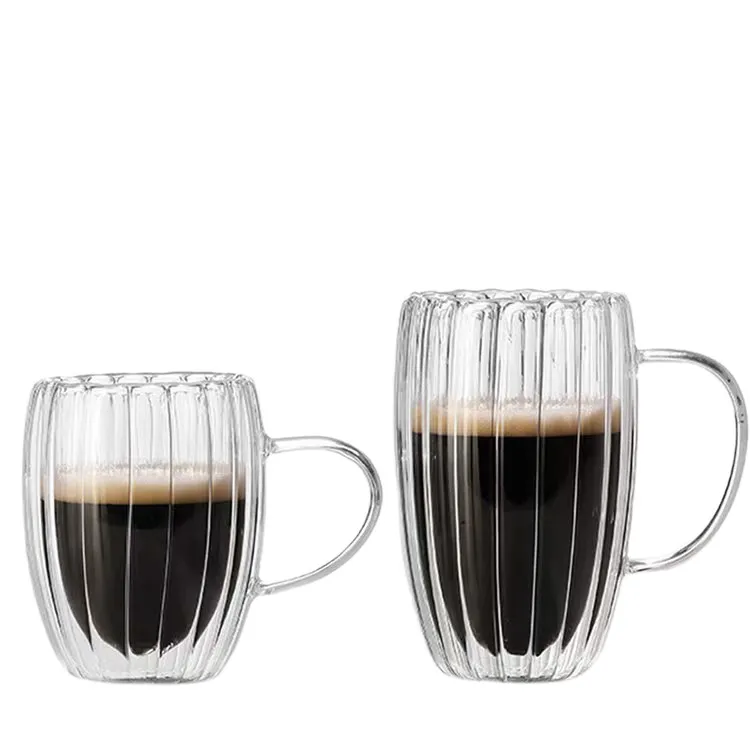
(what is the use of measuring glass)
FAQS on what is the use of measuring glass
Q: What is the use of measuring glass?
A: A measuring glass is used to accurately measure liquid or dry ingredients for cooking, baking, or laboratory work. It ensures the correct proportions in recipes or experiments. Most measuring glasses have graduated markings for different units.
Q: How do you use a glass measuring cup?
A: To use a glass measuring cup, pour your ingredient up to the desired measurement line. Make sure the cup is on a flat surface and view at eye level for accuracy. This helps you get precise measurements every time.
Q: What are the benefits of using a measuring glass?
A: A measuring glass provides precise measurements, reducing errors in recipes or experiments. Its transparent material lets you clearly see liquid levels. It is also easy to clean and reusable.
Q: Why should I use a measuring glass instead of estimating?
A: Estimating can lead to inaccurate results, especially with baking or chemical mixtures. Using a measuring glass gives consistency and better outcomes. It’s a simple tool for reliable precision.
Q: In what situations is a measuring glass most useful?
A: Measuring glasses are most useful in the kitchen for baking and cooking, and in labs for mixing chemicals. They’re essential when accurate measurements matter. Their clear markings make them versatile for various tasks.
-
yintos-colored-glass-bowls-hold-stories-not-just-foodNewsAug.24,2025
-
exquisite-colored-glass-dinnerware-crafted-from-volcanic-sandNewsAug.24,2025
-
yintos-colored-glass-dinnerware-edible-arts-canvasNewsAug.24,2025
-
a-blue-glass-dinner-plate-with-an-integrated-nfc-chipNewsAug.24,2025
-
the-ultimate-defense-against-lukewarm-regretNewsAug.24,2025
-
yintos-double-coffee-wall-cup-a-silent-thermal-revolutionNewsAug.24,2025


